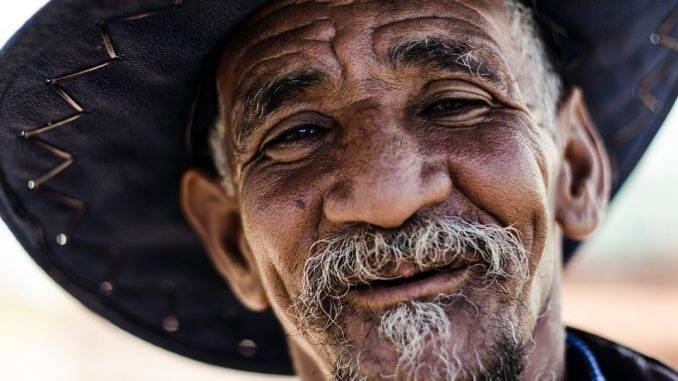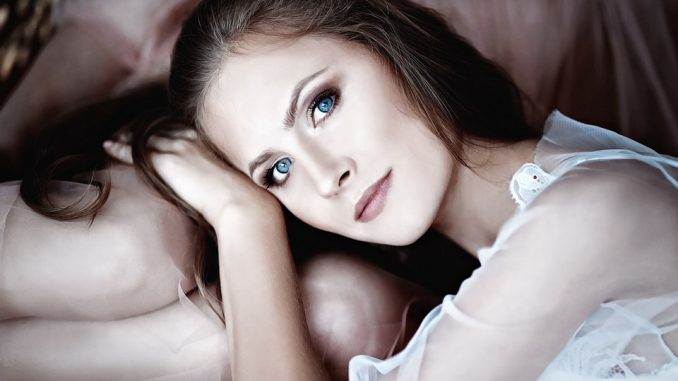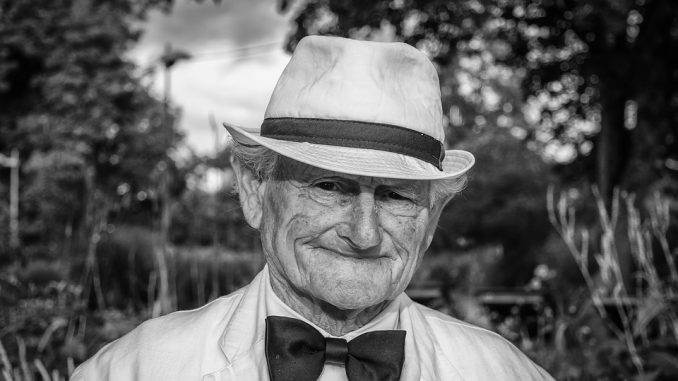Portrait photography is a popular niche filled with experts who know exactly how to work with live subjects and manipulate their camera settings to create high-quality images. Portrait photographers often draw inspiration from the principles of fine art, employing themes such as balance and unity while composing their shots.
While complicated, and difficult to master, there are several settings on the camera that can be adjusted to produce high-impact portrait shots. Discussed here are some of these camera settings, as well as some of the other factors that can enhance a portrait’s appeal, such as lighting and shadow.
ISO Settings: Increase shutter speed to reduce motion blur
The settings that come as standard on a DSLR camera are excellent for shooting a wide range of various images such as landscapes, or nature.
However, when photographers shoot different types of photographs, such as portraits, they tend to avoid these built-in modes, instead opting to have more control but using manual mode. This gives us the ability to manipulate some settings on the camera in an effort to really make their shots pop.
One of the first things to look into is the shutter speed at which the camera is shooting. Increasing the shutter speed will help to avoid any blur in the subject’s movements, such as blinking.
To increase shutter speed simply navigate to the ISO settings and select a faster or higher numbered ISO. An example could be increasing ISO speed from 400 to 600, in an effort to really help eliminate motion blur with live subjects.
This increased shutter speed will allow the photographer to capture the subjects at their best moments without any hesitations from the camera.
Exposure Settings: Get the perfect colors every time
Simply stated, in order to take a photograph a camera must identify the proper amount of light to let in for each shot. While usually accurate, there are some factors that cause this calibration to be incorrect at times. The resulting images’ exposure and coloring will suffer and can appear washed out or faded.
This is common in very low light or very bright situations, and the camera requires manual settings to correct this.
This is an issue of exposure, and to combat this navigate to the camera’s exposure compensation settings. Simply go higher to brighter the image, or go down into the negatives in an effort to darken the image.
Aperture Settings: Focus on the subject and blur out the background
A great way to create powerful portraits is by crisply focusing in on the subject while blurring the background. To do this, simply adjust the settings of the camera to a large aperture, which is actually a small number such as 1.4 or 2.
Be sure to give the subject space between themselves and their background to ensure maximum blurring potential. This setting widens the lens of the camera to let in maximum light, creating what is known as a shallow depth of field, thus creating the blurred background effect. This will help to really put a powerful emphasis on the subject.
Tips for setting up the shoot: Lighting and shadows
Other important considerations for the portrait photographer include adjusting the lighting and shadows of the desired shooting location. Reflectors are a cheap way for photographers to alter the lighting of their subject. Using a reflector, the photographer or their assistant can redirect the light in the room onto the subject.
This is a great way to combat any darkness or shadows that are an issue. Additionally, photographers can employ the use of external flash devices, which are remote active flashes separate than the one on top of the camera. This allows the photographer to play with the light and expert photographers can even employ the use of multiple flashes for advanced shots.
These camera settings and techniques to employ while shooting portrait photography, should help you on the way to understanding how to make your portrait images really stand out.
Whether it is the manipulation of camera settings such as shutter speed, exposure, and aperture, or adjusting the lighting or shadows during a session, you CAN enhance one’s skills and take high-impact portrait shots.
All that is left in the equation is for you, the photographer, to channel your own talents to really pull the best poses and facial expressions from your models and subjects. Pair these techniques and talents with proper choice of equipment such as lenses, external flashes, and tripods and your portraits should be guaranteed to impress.
BIO
BARRY MORGAN
Barry is the creative force behind BM Photography, which is a corporate photography company based out of Dubai. Firmly believing you should love what you do, to do your best. Originally hailing from a background in advertising agencies he now brings his business experience to create exceptional and effective marketing photography to help businesses achieve their goals.





Leave a Reply